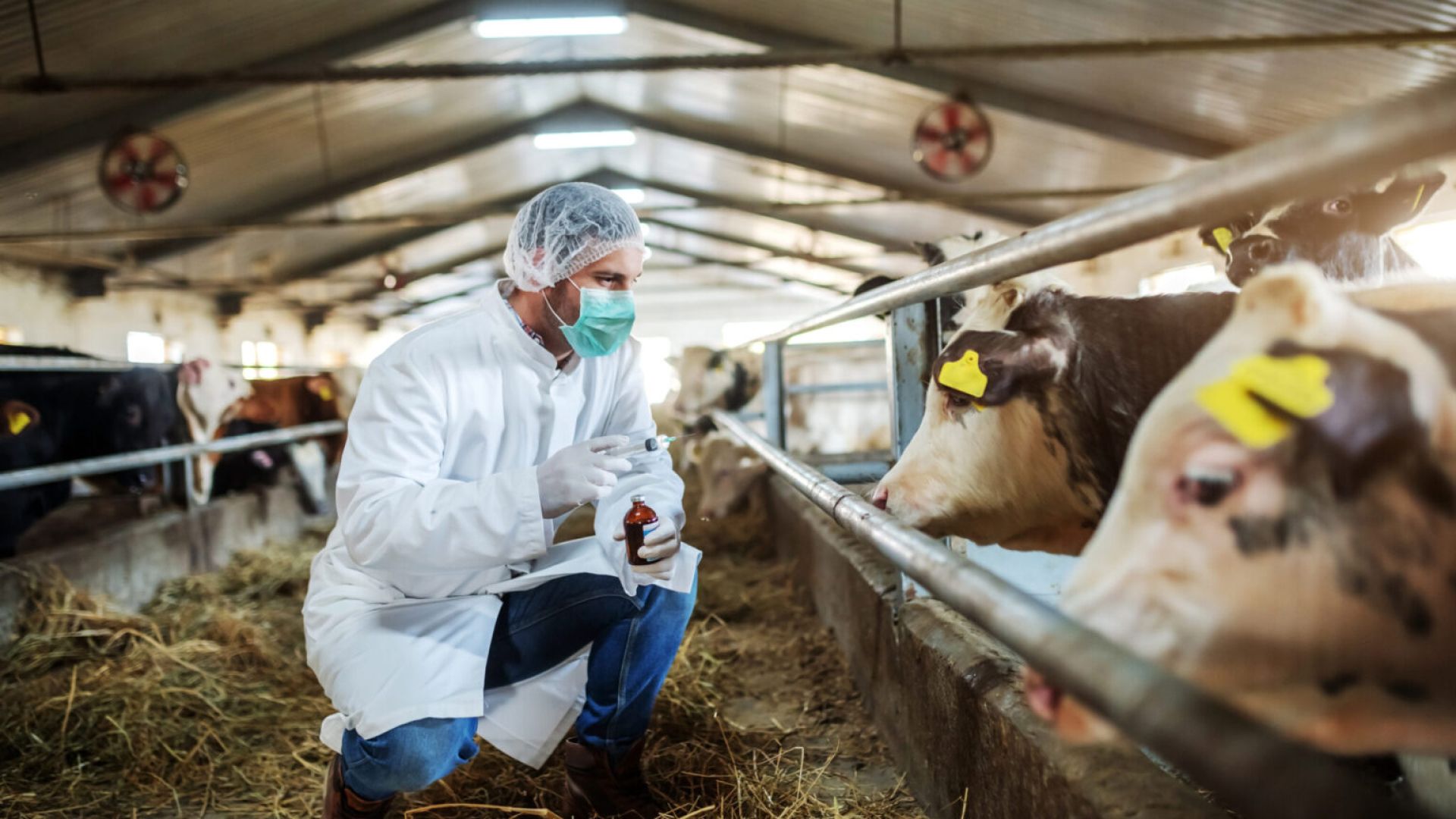Study confirms mammal-to-mammal H5N1 spread

A new Cornell University study provides evidence that a spillover of avian influenza from birds to dairy cattle across several US states has now led to mammal-to-mammal transmission.
“This is one of the first times that we are seeing evidence of efficient and sustained mammalian-to-mammalian transmission of highly pathogenic avian influenza H5N1,” said Diego Diel, associate professor of virology and director of the Virology Laboratory at the Animal Health Diagnostic Center (AHDC) in the College of Veterinary Medicine.
Whole genome sequencing of the virus did not reveal any mutations in the virus that would lead to enhanced transmissibility of H5N1 in humans, although the data clearly shows mammal-to-mammal transmission, which is concerning as the virus may adapt in mammals, Diel said.
As of July 24, 11 human cases have been reported in the U.S., with the first dating back to April 2022, each with mild symptoms: four were linked to cattle farms and seven have been linked to poultry farms, including an outbreak reported in the past few weeks in Colorado. These recent patients fell ill with the same strain identified in the study as circulating in dairy cows, leading the researchers to suspect that the virus likely originated from dairy farms in the same county.
While the virus has the ability to infect and replicate in people, the efficiency of those infections is low.
“The concern is that potential mutations could arise that could lead adaptation to mammals, spillover into humans and potential efficient transmission in humans in the future,” Diel said.
It is therefore critical to continue to monitor the virus in affected animals and also in any potential infected humans, Diel said. The U.S. Department of Agriculture (USDA) has funded programs for H5N1 testing, at no cost to producers. Early testing, enhanced biosecurity and quarantines in the event of positive results would be necessary to contain any further spread of the virus, according to Diel.